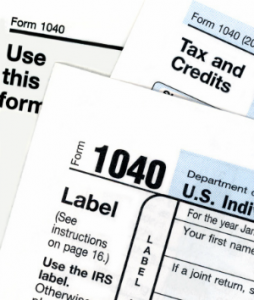health insurance
On October 1, 2015, the medical industry launched ICD-10 in the U.S. ICD-10, which stands for the International Classification of Diseases, 10th revision, is a medical classification system adopted by the World Health Organization (WHO). Simply put, it’s an international coding system that requires physicians, hospitals and other medical providers to assign a unique number for every patient disease, diagnosis, abnormal finding, cause of injury, etc.
The IRS has released the maximum penalties that are payable by individuals who are without minimum essential coverage in 2015 and who do not qualify for an exemption from the Individual Mandate.
The maximum penalties for this year are the greater of:
-
$325 per uninsured adult or $162.50 per uninsured child under age 18. The maximum penalty using this method is capped at $975.
Winter in Chicago. As the joke goes the only other season should be construction. Now that the worst of the polar vortex has passed (or we’ve grown accustomed to it) people are more expressive and passionate about two things this week: food and health care reform.
President Obama had previously announced that individuals could keep their health plan for another year if they received a cancellation letter in the mail. But he ultimately left this decision up to each state to decide. There were several states that chose not to allow these health plans to be continued for another year. As a result, several individuals are being forced to find new coverage.
Last week, President Obama announced that Americans can keep individual health insurance policies that they were told will be canceled because they failed to meet requirements established by the Affordable Care Act (ACA).
Individuals are required to project their income for 2014 to determine the maximum subsidy that may be available to them through a public exchange to help reduce their insurance premiums.
If it turns out that an individual projected their income incorrectly, and the premium subsidy they received was too much, then the individual will have to pay back a portion or the entire subsidy amount when they file their federal income tax return.
Benefits Buzz
Enter Your Email









